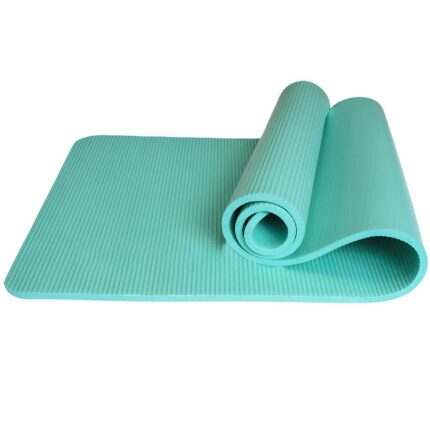BEST SELLERS
Blog
Ask the Teacher: “My Student Feels Dizzy. Should She Stay in My Class?”

[ad_1]
Ask the Teacher is an advice column that connects Yoga Journal members directly with our team of expert yoga teachers. Every other week, we’ll answer a question from our readers. Submit your questions here, or drop us a line at asktheteacher@yogajournal.com.
Please give suggestions for working with a yoga student with vertigo, how to handle their participation, and can we do any exercises that are similar to the Epley maneuver to help?
—Nancy in Greensboro, NC
We turned to emergency physician Amy C Sedgwick, MD, E-RYT, for advice. In addition to being board-certified in Emergency Medicine, she also has extensive training in acupuncture, myofascial techniques, yoga, and meditation. In her work with urgent care patients, as well as her private practice Medicine Within, she applies her knowledge of complementary, alternative, and Western medicine for a holistic approach to wellness. She is the founder of Riverbend Yoga and Meditation Studio in Yarmouth, Maine, and a senior teacher with Yoga Medicine.
From an emergency medicine perspective, vertigo is one of our more challenging complaints to evaluate and treat because it could be something completely benign or something terrible. As a doctor, it’s difficult to give an accurate diagnosis without being able to perform a range of tests. And as yoga teachers, it is completely out of our scope of practice to diagnose or define the cause of vertigo.
If a student says, “I’m feeling really dizzy,” you have to be abundantly cautious with that person. Even for me—a medical doctor, acupuncturist and yoga teacher—it’s incredibly challenging to have that happen during class. I would probably have them stop practicing. Consider just asking them to breathe slowly and rest in a seated or prone position.
You can recommend the student press acupressure points to help as they rest and recover. I’ve found stimulating the Kidney 1 point to be very helpful. It’s just underneath the fleshy mound of the big toe pad at the beginning of the arch of your foot, where a divot forms if you were to pick up a towel with your foot. Massaging or pressing that point helps bolster kidney qi.
I would not recommend trying to do things like the Epley maneuver. (This is an exercise that helps correct a certain type of vertigo, by moving calcium crystals from the semicircular canals in your ears. It can be done at home, but was designed to be done with supervision of a health professional.) Once you ask someone to do that, you have essentially “diagnosed” them and are initiating treatment based on your diagnosis. Consider just asking them to breathe slowly and rest in a sitting or prone position.
The teacher is there to facilitate the yoga class, not there to make medical assessments, even if the teacher is a medical doctor. So many yoga teachers feel that they must try and help to the best of their ability. But again, be careful not to try to diagnose and treat. That’s out of your scope of practice. Instead, suggest they be evaluated by a medical provider. If needed, call an ambulance or offer to call a friend to help them get medical care.
–as told to K. Anoa Monsho
Got a question about alignment in a certain yoga pose? Want to better understand an aspect of yoga philosophy? Need advice on how to approach a challenging situation in your class? Submit your questions here or email us at asktheteacher@yogajournal.com, and we may answer it in an upcoming column.
[ad_2]
Source link


























